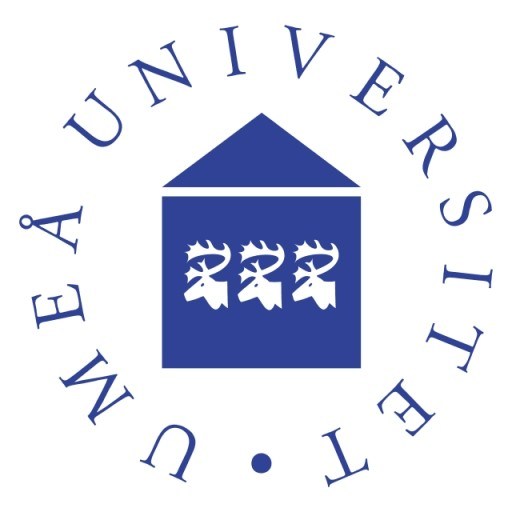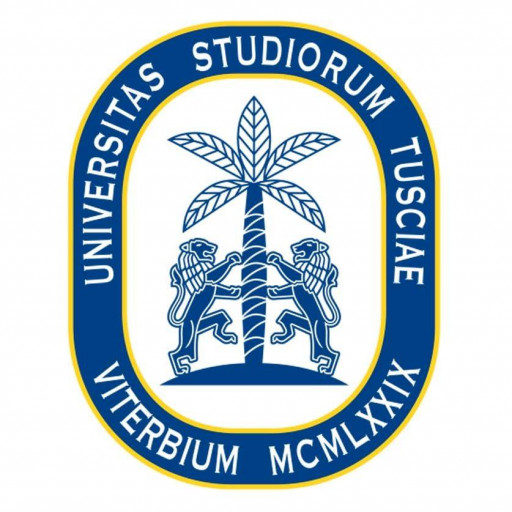Photos of university / #umeauniversitet
The Master’s Programme in Environmental Archaeology at Umeå University offers students an in-depth understanding of past human interaction with the environment through the study of archaeological remains, environmental data, and interdisciplinary approaches. Designed to equip students with both theoretical knowledge and practical skills, the programme focuses on analyzing the ways in which societies have adapted to and modified their natural surroundings over time. Students will engage with a variety of research methods, including archaeological excavation, archaeobotany, zooarchaeology, soil analysis, and geographic information systems (GIS), enabling them to interpret environmental data in archaeological contexts. The curriculum covers a broad spectrum of topics such as climate change in history, resource utilization, landscape development, and the adoption of sustainable practices in the past. Emphasizing an international and interdisciplinary perspective, the programme encourages critical thinking, analytical skills, and a research-oriented mindset that prepares graduates for careers in academia, cultural heritage management, environmental consulting, and conservation. Students will have access to state-of-the-art laboratories and fieldwork opportunities, facilitating hands-on learning experiences. The programme also offers opportunities for independent research, culminating in a master’s thesis that contributes to current debates and knowledge in environmental archaeology. Graduates will be well-equipped to analyze complex environmental data, interpret archaeological findings, and contribute valuable insights into sustainable practices and the long-term relationship between humans and the environment. The programme fosters collaboration and networking with colleagues and experts from around the world, providing a solid foundation for a global career in archaeological and environmental sciences.
Program Title: Environmental Archaeology
The Environmental Archaeology Master’s Programme at Umeå University offers students a comprehensive and interdisciplinary education focusing on the interaction between humans and their environment through time. The programme is designed to equip students with the theoretical knowledge and practical skills necessary to analyze archaeological finds within a broader environmental context, integrating methods from archaeology, ecology, geology, and other related fields. Throughout the programme, students will explore a wide array of topics, including landscape development, climate change, human impact on ecosystems, and the use of environmental data to interpret past societies.
Students will gain expertise in a variety of laboratory and field techniques, such as soil analysis, paleoenvironmental reconstruction, and the use of Geographic Information Systems (GIS). The curriculum emphasizes critical thinking and analytical skills, enabling students to interpret archaeological evidence in relation to environmental factors. The programme also underscores the importance of sustainability and how understanding past human-environment interactions can inform present and future ecological challenges.
Throughout their studies, students will undertake research projects and participate in fieldwork, often collaborating with museums, research institutions, and local archaeological sites. The programme prepares graduates for careers in archaeological research, environmental consultancy, heritage management, and academia. Additionally, the programme emphasizes the development of communication skills to effectively present research findings to both specialist and general audiences.
By integrating archaeological data with environmental science, the programme aims to foster a holistic understanding of past human-environment relationships. Graduates will be well-equipped to contribute to interdisciplinary research, informing sustainable management of cultural and natural resources. The programme is ideal for students with a strong interest in archaeology, environmental science, and sustainable development who wish to pursue a career that combines these fields.
Program requirements for the Master’s Programme in Environmental Archaeology at Umeå University include a Bachelor's degree or equivalent qualification in archaeology, anthropology, ecology, biology, geography, or related disciplines. Applicants are expected to demonstrate proficiency in English, typically through standardized tests such as the TOEFL or IELTS, ensuring a high level of language skills suitable for academic studies and research activities. Prior relevant academic coursework or research experience in archaeology, environmental sciences, or related fields is highly recommended to ensure students are well-prepared for the program's interdisciplinary approach. The program aims to equip students with theoretical knowledge and practical skills necessary for understanding human-environment interactions through time, utilizing archaeological and environmental scientific methods. Applicants should provide relevant transcripts, a statement of purpose, and letters of recommendation reflecting their motivation and academic potential. The selection process prioritizes applicants with a strong academic record, relevant background knowledge, and a clear interest in environmental archaeology. International students must meet the general admission requirements set by Umeå University, including documentation of English language proficiency. The program may also consider prior research experience, internships, or professional experience in related fields as supplementary qualifications. Overall, successful applicants should demonstrate an ability to integrate archaeological and environmental data, critical analysis skills, and a genuine interest in understanding historical and contemporary human impacts on ecosystems. The admission criteria are designed to select candidates who can contribute to the academic community and pursue advanced research, potentially leading to careers in academia, research institutions, museums, or environmental consultancy.
Financing studies for the Environmental Archaeology program at Umeå University can be pursued through a variety of funding options available to both Swedish and international students. International students may be eligible for scholarships such as the Umeå University Scholarships for Excellence, which cover partial or full tuition fees, depending on the student's academic achievements and financial need. Additionally, Swedish students and residents of the Nordic countries can often access government-funded student financial aid through the Swedish State Educational Loans Fund (CSN), which provides loans and grants to support living expenses and study costs during their studies. Umeå University also offers some departmental grants and research funding opportunities, especially for students participating in research projects or master's thesis work that align with university priorities.
Students are encouraged to explore external funding sources, including European Union grants such as Erasmus+, which provides exchange programs and funding for international mobility, potentially covering part of the travel and accommodation costs related to their studies. Some students may also secure private or foundation scholarships specific to archaeology, environmental sciences, or heritage management. It is recommended that prospective students contact the university's admissions office or the university's scholarship and sponsorship office early in their application process to get detailed information about available funding options, application procedures, and deadlines.
Financial planning should also include considerations for living expenses in Umeå, which, compared to larger cities in Sweden, can be more affordable, yet still require budgeting for accommodation, food, transportation, and study materials. The university provides resources and guidance for international students on managing finances and seeking part-time employment opportunities during their studies, adhering to visa regulations. Overall, financing a degree in Environmental Archaeology at Umeå University involves a combination of scholarships, government aid, grants, and personal funds, ensuring that students can focus on their academic and research pursuits with manageable financial means.
Environmental Archaeology at Umeå University is a specialized field that focuses on studying past human interactions with their environment through archaeological remains and natural data. The program provides students with an in-depth understanding of how ancient societies influenced and were influenced by their surroundings, integrating methods and theories from archaeology, ecology, geography, and environmental sciences. It aims to equip students with the skills necessary to analyze and interpret material and natural evidence, such as plant and animal remains, sediments, and artifacts, to reconstruct past landscapes, climates, and human activities. The curriculum combines theoretical coursework with practical training, including fieldwork, laboratory analysis, and data interpretation, allowing students to develop a comprehensive skill set applicable in research, conservation, and heritage management. Umeå University’s program is designed to prepare graduates for careers in academia, cultural heritage sectors, environmental consultancy, and archaeological project management. The program emphasizes sustainability and the importance of understanding historical environmental changes to inform contemporary environmental challenges. Students also gain experience in interdisciplinary collaboration, critical thinking, and scientific communication. The program duration is typically two years for a master’s degree, with opportunities for specialization within different aspects of environmental archaeology, such as paleoecology, geoarchaeology, or maritime archaeology. Umeå University is known for its strong focus on Arctic and northern environments, providing unique research opportunities related to climate change and indigenous histories. The Environmental Archaeology program offers access to advanced archaeological laboratories and research facilities, fostering innovation and original research. Graduates of the program are well-prepared to contribute to academic research, cultural resource management, and environmental policy development, making a significant impact on understanding human-environment interactions throughout history.









